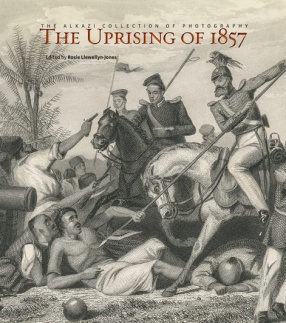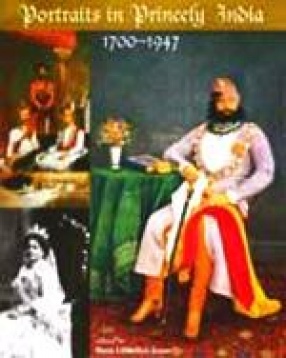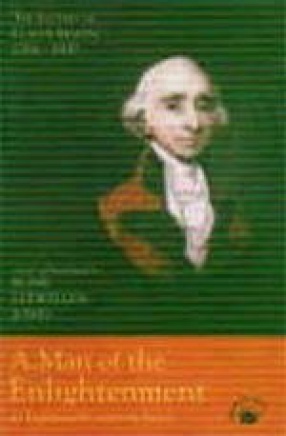
Showing all 5 books





The ‘sepoy revolt’ was among the first fully photographed wars in the history of documentary photography in India. This volume offers multiple perspectives on the ‘Ghadar’ or Uprising of 1857, and deconstructs the grand narratives associated with colonial historiography. Using rare archival photographs from the Alkazi Collection, together with supplementary visual material, these essays re-evaluate the ‘evidence’ and official ...

Very little has been published on Murshidabad, the last independent capital of Bengal, while the British capital of Calcutta has been the subject of numerous books. Murshidabad was a place of great importance in the first half of the 18th century. The wealth of its nawabs was fabled and the region produced luxury goods which first attracted European trading companies. Murshidabad at its peak was extravagantly compared to London for its bustling trade, fine ...

Among all the colourful figures of eighteenth century India, Claude Martin (1735-1800) stands out as one of the most extraodinary. To read his letters, collected here for the first time, is to enter the mind of a man of the Enlightenment, French by birth, but who served the British for most of his adult life.

Although many people believe that Lucknow’s finest period was during the time of the nawabs, its history did not begin in 1775 when the court of Awadh returned to Lucknow permanently, any more than it finished in 1856 when the last nawab Wajid Ali Shah traveled into exile and Lucknow presented the picture of a looted city. Pre-nawabi Lucknow was a flourishing city that lay mainly to the south of the Gomti with several Mughal Structures along the river. Under ...

This book examines the rulers at war, at play, in the durbar, visiting shrines, temples, and mosques, and receiving ambassadors. The stories behind the portraits: why they were commissioned, who commissioned them, what the rulers wished to say, are also examined. The arrival to European painters in the late 18th century presented a new opportunity for Indian rulers to commission self-portraits of a different kind, and also led indigenous artists to experiment in ...
